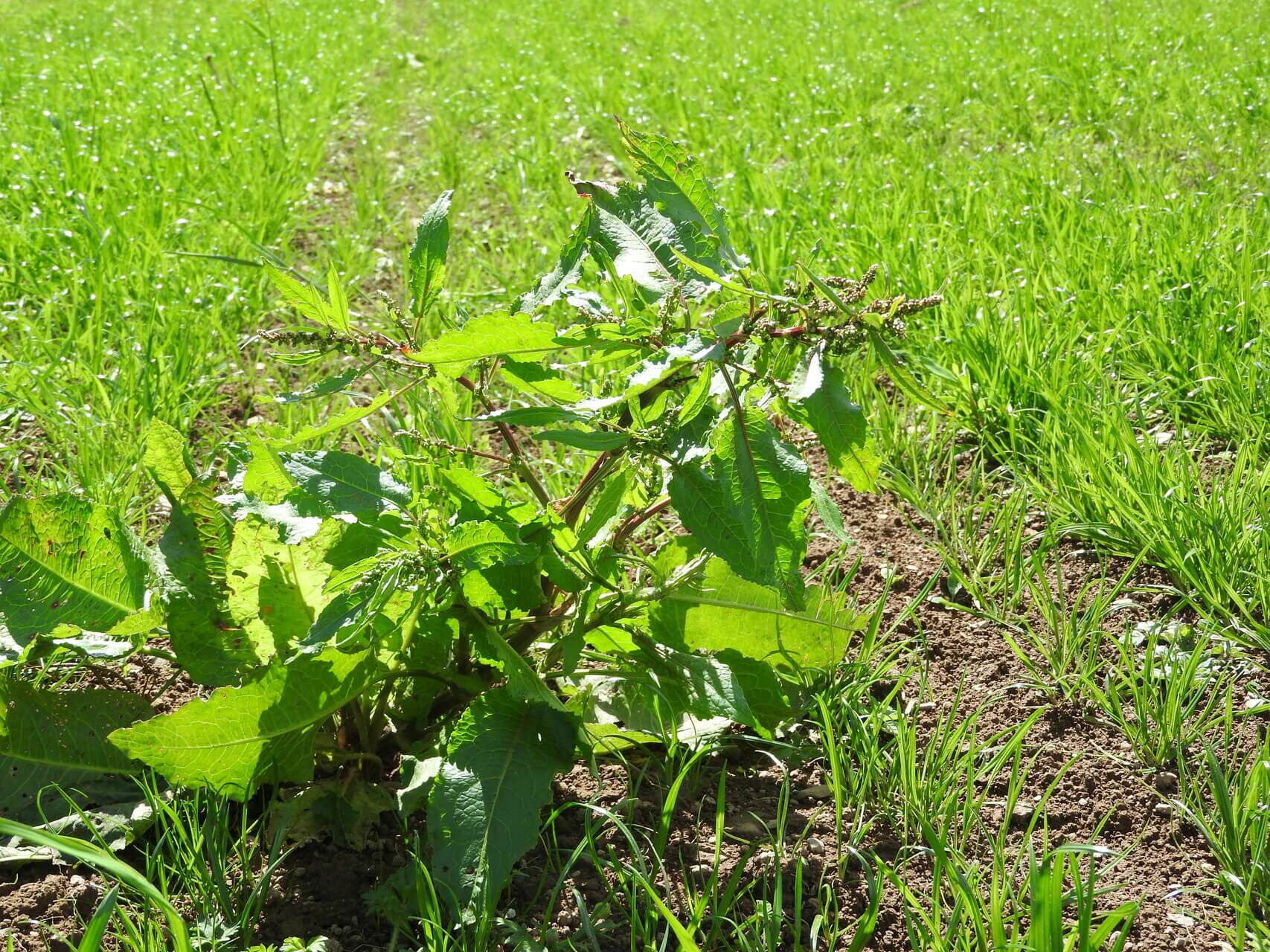To secure the best return on investment for a full reseed, careful management of the new sward is needed in the crucial early stages of growth. Germinal grass and forage expert Niall Laffan explains the core areas vital to the successful establishment of a grass reseed.
“A newly reseeded pasture offers many benefits. As well as replacing poorly performing swards, nitrogen efficacy is better due to the greater perennial ryegrass content and a new sward produces more dry matter.
“However, these benefits can all be diminished if conditions aren’t correctly managed.”
Control weeds before grazing
“Spray emerging weeds when grass is at the three-leaf stage and the weeds are seedlings, leaving the appropriate withdrawal period before starting to graze.
“Prioritise controlling docks and chickweeds in a newly reseeded pasture. If you don’t eradicate docks in the young seedling stage, they are much harder to remove throughout the lifetime of the sward.

"By getting it right at this stage, you are saving yourself time and money in the long run – which is also true for other weed burdens such as redshank, charlock, mayweed or fat hen.
“If you’ve included white clover in your reseed, select a clover-safe herbicide and only apply once it reaches the three-leaf stage. As detailed in this year’s emergency use (EUA), these sprays can only be used until the end of September 2022.”
Grazing newly reseeded pasture
You’ll know when your grass is ready for grazing by using the ‘pull test’; pull grass by hand and if it breaks off without the roots coming up, it is ready.
Try to graze at least once before winter but not in extreme dry or very wet conditions. If conditions are poor, consider grazing youngstock rather than the main herd to protect the new sward from damage.”
Encourage tillering
“Approximately three to four weeks after sowing, apply 40 kg N/ha to encourage tillering. By producing new growth through tillering, there will be less space available to weeds.
“Graze when it is about 6-7 cm high and continue to graze it where possible during the first 12 months of production. Avoid cutting a newly reseeded pasture for silage in the first year.”

Pest control in new pasture
“During the first eight weeks after the reseed, check the sward for slugs and apply pellets if required. They are most common in reseeds that have been direct drilled.
Other major pests to monitor for are the frit fry and leatherjacket. Frit flies are more common after a dry summer (appearing in the autumn), so there’s a good chance we’ll see a high population this year. They also thrive in minimum tillage environments, so monitor closely if you’re reseeding without ploughing.”
“Improvements in seed genetics are producing high-performing swards with increased production, drought tolerance and longevity. If managed well, your newly reseeded pasture will deliver these benefits for years to come.”
For more advice on managing pasture after reseeding, contact one of our grass and forage seed experts.
